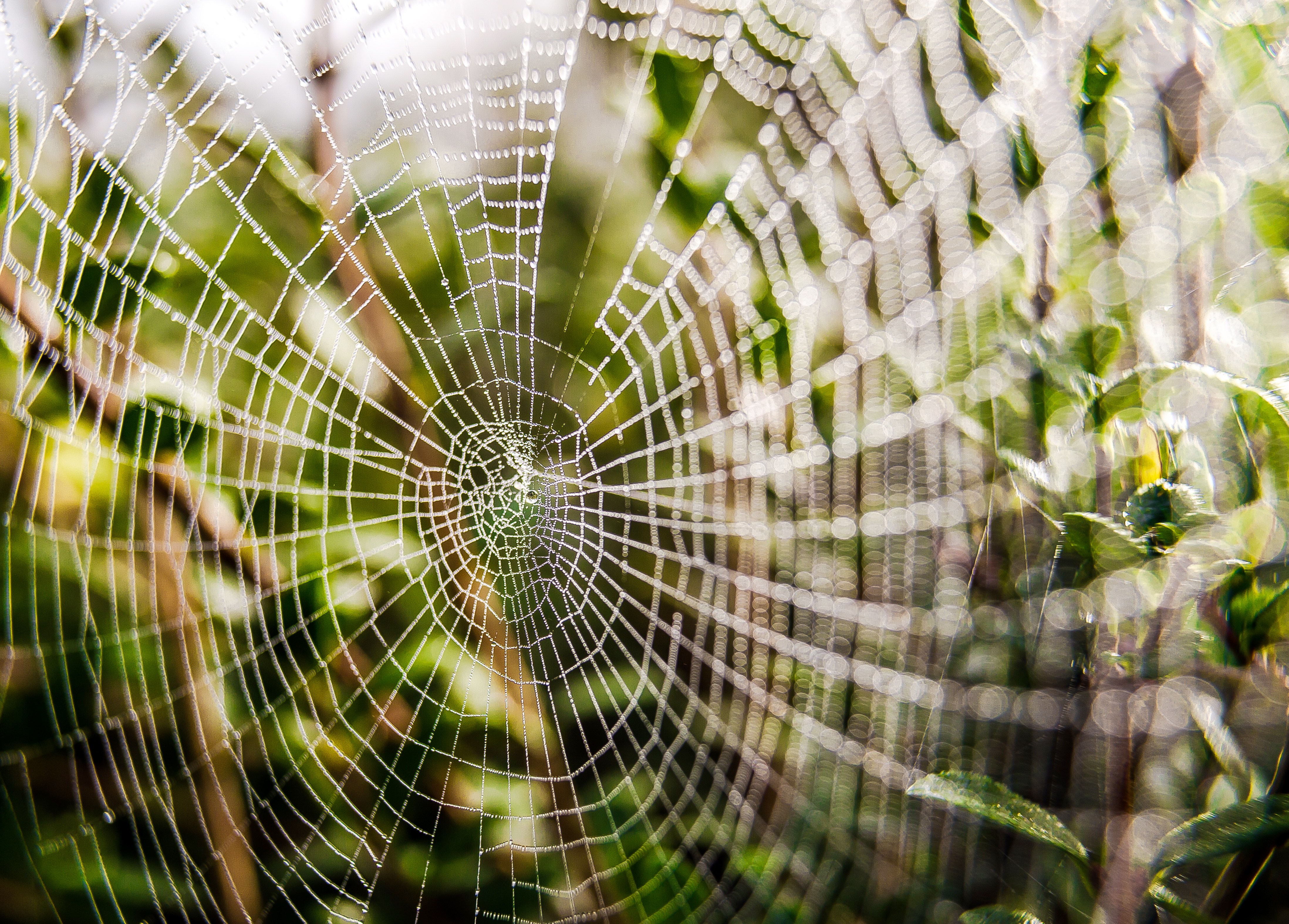Together, Scientists and Spiders Create the Strongest Material Ever

For a long time, scientists have marveled at spiders’ ability to weave silk with incredible properties. The protein fiber that spiders spin to make their webs is stronger than almost anything humans can make. Now, with a bit of a push from scientists, spiders have actually created the strongest material known to humans.
Emiliano Lepore at the University of Trento in Italy and his team have found a way to incorporate carbon nanotubes and graphene into spider silk, effectively increasing its strength and toughness beyond anything that has been measured before.
The scientists’ approach seems quite simple — they sprayed the spiders, collected from the Italian countryside, with water containing nanotubes or flakes. Then, they compared the mechanical properties of the new silk spiders produced with the previously collected samples. The new silk turned out to be stronger than any known fiber.
In a scientific language, what they found was:
“We measure a fracture strength up to 5.4 GPa, a Young’s modulus up to 47.8 GPa, and a toughness modulus up to 2.1 GPa,” say Lepore and co. “This is the highest toughness modulus for a fiber, surpassing synthetic polymeric high-performance fibers (e.g., Kelvar49) and even the current toughest knotted fibers.”
The team is not sure how exactly the spiders incorporate the carbon nanotubes and graphene flakes into their silk, but they assume it is through the ingestion of the water. This is how the particles end up in the central part of each fiber, where they can have the biggest impact on strength. The technique’s simplicity, however, opens up exciting possibilities for applications on other organisms.
“This new reinforcing procedure could also be applied to other animals and plants, leading to a new class of bionic materials,” the scientists say.
As impressive as this discovery is and as numerous as the possibilities for its application are, the next step for scientists is to figure out how to efficiently harvest spider silk, so that it can be used on an industrial scale. Despite the fact that many have tried, so far, this problem hasn’t been solved.
Read more about the discovery and the science behind it at MIT Technology Review or here.
Photo: Marta Breijo / Flickr





